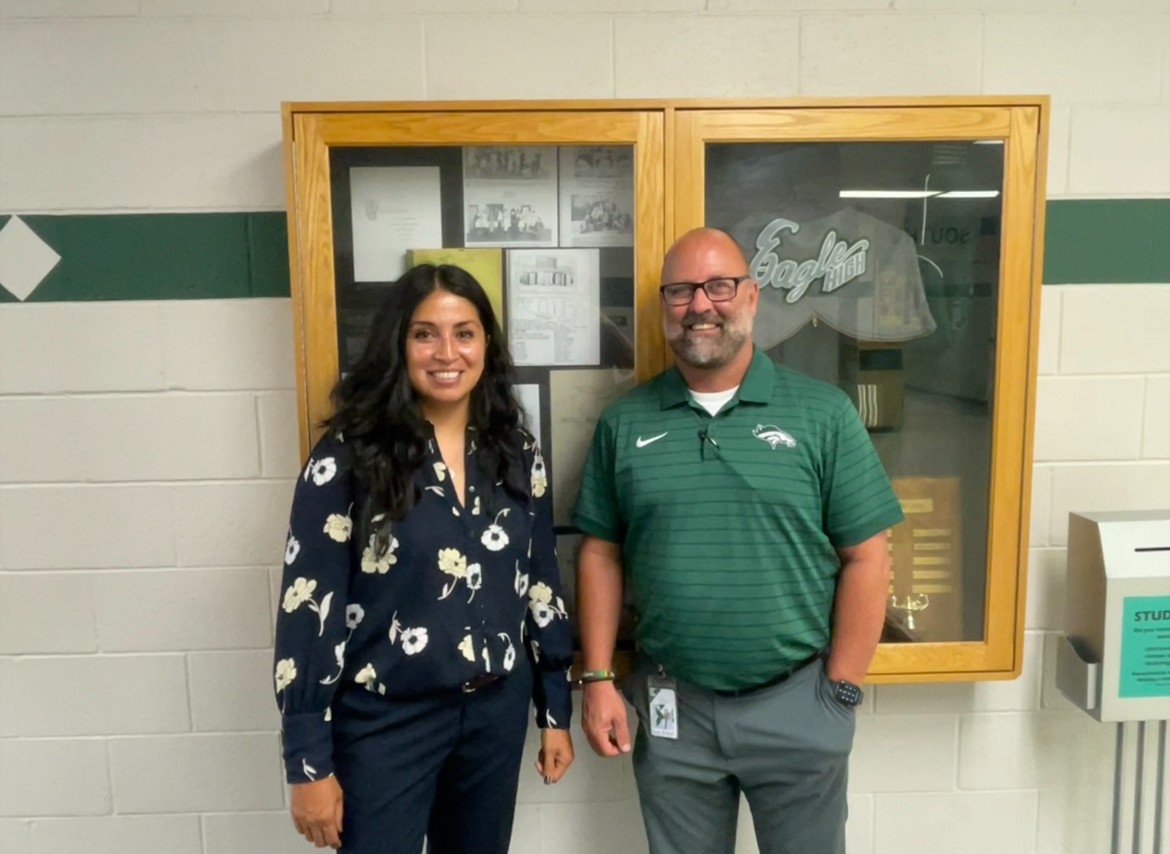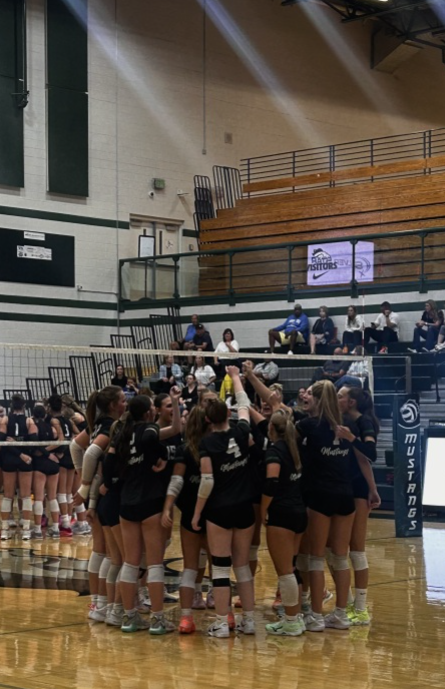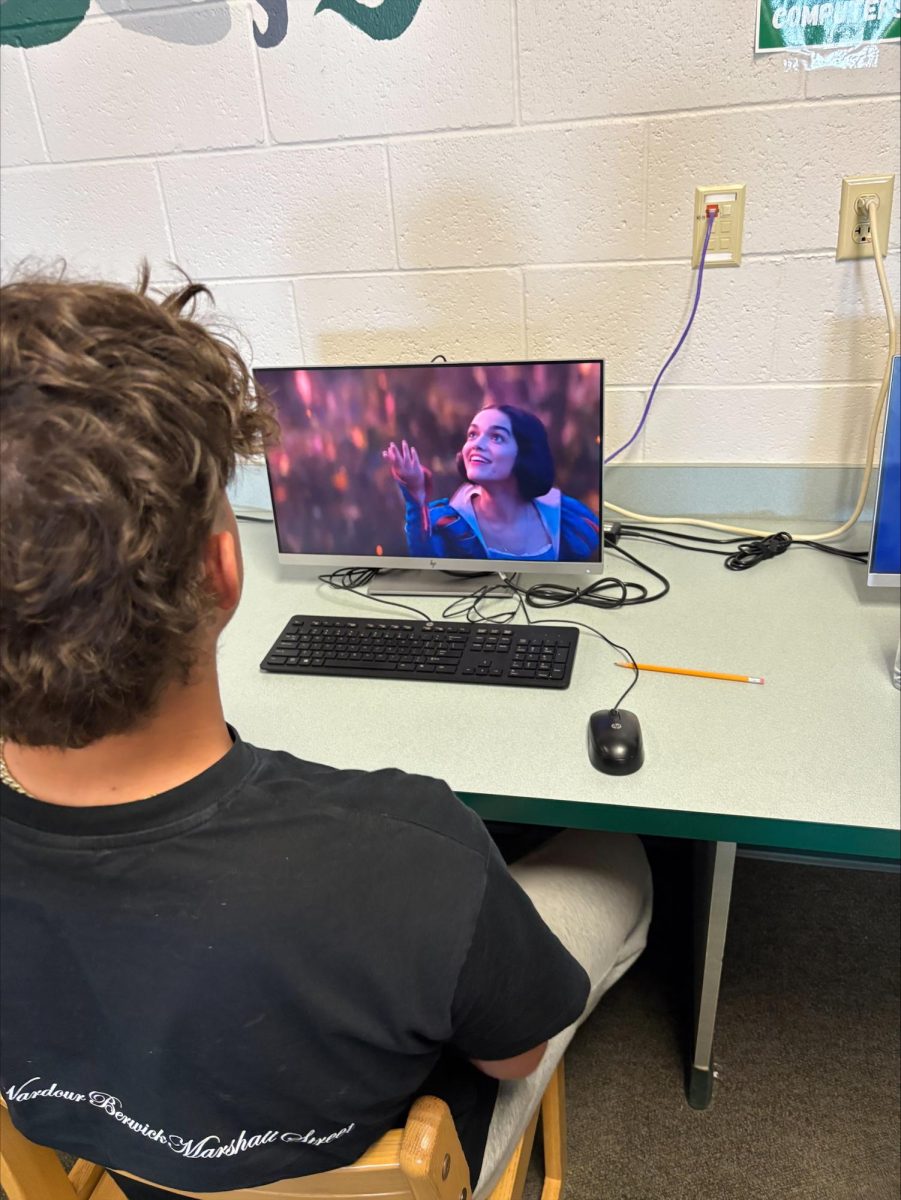As of this new school year, a few classes at Eagle High are using the 100% assessment grading system. This system bases a student’s grade entirely off the evidence section in the gradebooks, or in other words, their tests. This has become a controversial topic among teachers, parents and especially students, who may dread opening PowerSchool more than ever.
Most students feel apprehensive about taking tests. Studying for hours, memorizing entire units and their understanding of the class boiling down to just a few moments can be challenging. The whole grade being based on a test score can certainly add to the pressure of it all.
According to nea.org, “The fear of failure and the emphasis on grades can result in stress, burnout, and a reduced interest in learning.” If one is not interested in the material and is instead concerned about passing or failing a class, they most likely aren’t learning well.
Secondly, some individuals are simply poor test takers. The argument of whether exams are sufficient measures of knowledge has been discussed for years, with many saying that they encourage the behavior to memorize now and forget afterwards. There are multiple sub-factors to assessments that most do not think about like attention span, reading disorders and learning styles.
Every person has different strengths in education. Some perform better with written exams, some with projects, participation and collaboration. Evaluating everyone on the same scale seems outdated. This system also leaves one question: what about the classwork?
Practice is essential to learning and engaging in a topic. In 100% assessment graded classes, practice can start to feel optional. It can be difficult for students to have motivation for something that will never be acknowledged or corrected. Some, like teacher Kyle Vester, would say differently.
“I believe this system does a better job of incentivizing true learning, rather than task-completion, which the traditional ‘point system’ focuses on. I want to reward true learning in my classes, not task completion and behaviors,” Vester said. All three of his U.S. History 11 and three AP Human Geography classes use this grading system.
Vester makes the point that although only the assessments end up in the gradebook, they are able to be reassessed. This way, students can get a second chance if they struggle the first time. This system does take away the “busy work” feel of some assignments, which offers a more straightforward feel to grading.
While this is true, a 100% assessment graded class would not be ideal. This system is heavily centered on exams, of which there are very little in the span of one school year. In fact, some students struggle to get their ideal grade because they only get so many opportunities, which can affect their overall GPA and college admissions.











































































